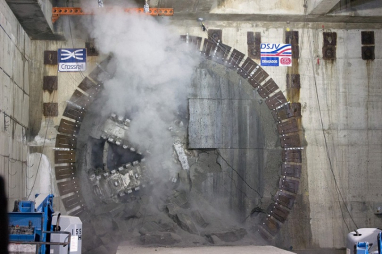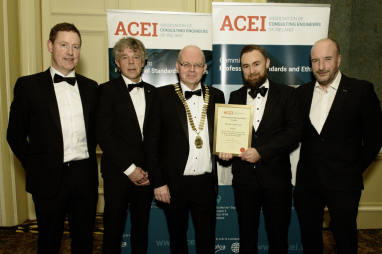- Роздільний купальник adidas раздельный купальник
- adidas adi ease amazon prime phone
- Midnight Navy / White , lower NIKE AIR JORDAN 1 MID SE DENIM CINNABAR HEMP-WHITE - lower Nike SB Kearny Cargo Pants - IlunionhotelsShops
- adidas tycane lenses for sale on craigslist cars , adidas' Contemporary Hybrid Silhouette, IetpShops, adidas mens manazero pants suits shoes
- Панама adidas bucket - Ransom by adidas Bluff Lo 'Fairway' - IetpShops
- Air Jordan 1 Blue Chill Womens CD0461 401 Release Date 4
- air jordan 1 retro high og university blue 555088 134
- Air Jordan 1 Paisley Bandana Release Date
- Air Jordan 1 Satin Black Toe CD0461 016 2019 Release Date 4
- nike air force 1 boot cordura black wheat university gold do6702 001
- Home
- News and analysis
- Info hubs
- Events
- Video
- Case Studies
- About us
- Magazine
- Advertising
Produced for the industry by the Association for Consultancy and Engineering
News
Tunnelling pioneer wins prestigious engineering accolade

Civil engineering pioneer John Bartlett has been recognised for the invention of the Bentonite Tunnelling Machine and his outstanding contributions to tunnel design and construction with one of the Royal Academy of Engineering’s highest accolades.
The Sir Frank Whittle Medal is awarded to an engineer whose sustained achievements have had a profound impact upon their engineering discipline and Bartlett has been rewarded for transforming tunnelling technology over the past 60 years which have seen him design the UK side of the Channel Tunnel.
The invention of the Bentonite Tunnelling Machine is among his many achievements and has been the precursor of all the world’s tunnel boring machines for loose, sandy soils. Boring tunnels in non-cohesive soils – sands, silts, gravels and mixed ground – is difficult and often dangerous task, with the tunnel face needing continuous support and a risk of ground water flooding the works.
Tunnelling in such loose soils was possible before the invention of the Bentonite Tunnelling Machine, but the traditional processes used, such as workers digging by hand under compressed air, were extremely hazardous and expensive.
His solution was inspired by a visit to Milan, where he observed how the city’s first metro line had been built using a ‘cut and cover’ method rather than boring tunnels. The engineers had used bentonite clay to support the trenches while they were being excavated.
The result was the Bentonite Tunnelling Machine, which he patented in 1964. The machine uses pressurised bentonite slurry in a sealed bulkhead behind the cutting face to balance the water pressure in the ground and stabilise the tunnel while supporting rings are installed. The excavated soil is then separated from the slurry, which is recirculated to the cutting face.
It became the prototype for a whole new class of slurry tunnelling machines and by the end of the 1970s more than 1000 had been used worldwide. The machine’s descendants have been used in many major civil engineering projects. They include Ada and Phyllis, the giant boring machines used by Crossrail to construct tunnels between Royal Oak and Farringdon, and Busy Lizzie, which was used to cut the Lee Tunnel, the first section of London’s Thames Tideway ‘super sewer’.
The pioneer spent most of his career with consulting engineers Mott Hay & Anderson from 1957 until his retirement as Chairman and senior partner in 1988. He worked on the first Dartford Tunnel, the first tunnelled sections of the Toronto Subway and was the project engineer responsible for London’s Victoria Line. He also had design responsibility for the Channel Tunnel, first as principal designer for the scheme and following the project’s revision in the early 1970s, as principal design consultant for all civil and geotechnical engineering on the UK section.
On receiving the award, the civil engineer said: “Civil Engineering today is a team game. I hope members of my team will enjoy sharing the recognition given by this award. Many thanks to those who put me forward.”
Lord Robert Mair, president of the Institution of Civil Engineers, said: “There can be no doubt that a major revolution in the worldwide tunnelling industry was triggered by John Bartlett’s invention of the Bentonite Tunnelling Machine. It has enabled a rapid increase in tunnel construction around the world, particularly in urban areas, for water supply, sanitation and transport – with remarkable benefit to humanity.”





